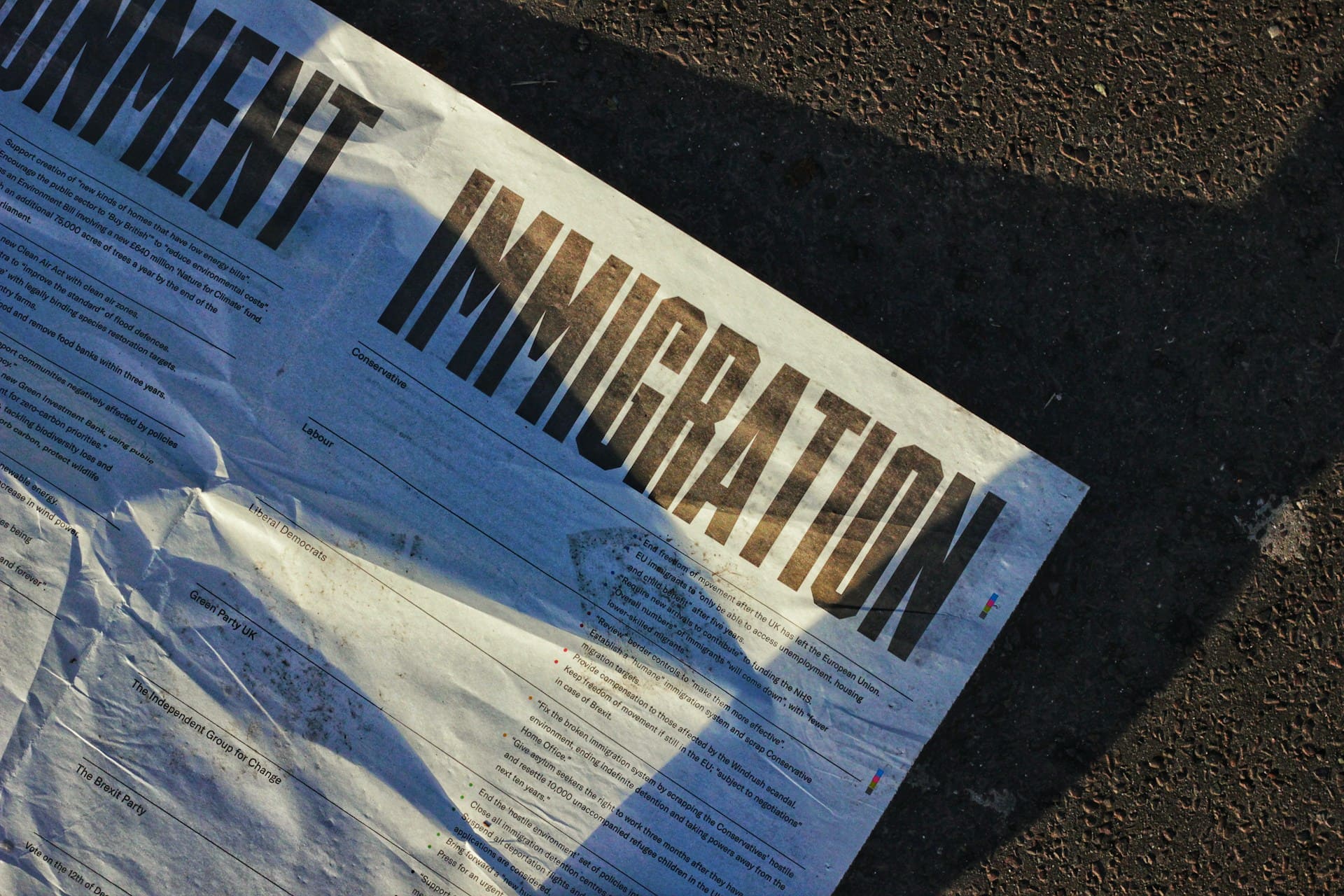Introduction
In the intricate world of business agreements, the process of contract redlining stands as a critical juncture where legal, ethical, and professional considerations intersect. This article delves into the ethical dimensions of contract redlining, shedding light on the paramount importance of confidentiality and professionalism in the realm of contract management. As businesses strive for transparency and fairness, understanding and upholding ethical principles during the redlining process become crucial.
The Essence of Contract Redlining
Contract redlining is the iterative process of reviewing and editing legal documents, with parties suggesting and negotiating changes to the original draft. This practice is central to the negotiation and refinement of terms in various agreements, including those governing intellectual property, collaborations, and business transactions.
Contract management and redlining play a pivotal role in shaping the landscape of any business transaction. It allows parties to articulate their preferences, negotiate terms, and ensure that agreements align with their interests. However, as we explore the ethical considerations within this process, it becomes evident that maintaining confidentiality and professionalism is crucial for fostering trust and upholding the integrity of the negotiation.
Upholding Confidentiality in Contract Redlining
Sensitivity of Business Information
In the redlining process, sensitive business information is often shared between parties. This includes financial details, proprietary processes, and strategic plans. The ethical responsibility to maintain confidentiality during redlining is paramount, as any breach of trust can have significant consequences for the parties involved.
Implementing Secure Communication Channels
To uphold confidentiality, parties engaged in contract management and redlining should employ secure communication channels. Digital tools and platforms that prioritize encryption and secure access can mitigate the risk of unauthorized access to confidential information. Ensuring that only authorized individuals have access to redlined documents is a foundational step in maintaining the integrity of the negotiation process.
Non-Disclosure Agreements (NDAs)
In situations where heightened confidentiality is required, parties may choose to execute Non-Disclosure Agreements (NDAs) before initiating the redlining process. NDAs legally bind parties to keep confidential information confidential, providing an additional layer of protection for sensitive business data.
The Role of Professionalism in Contract Redlining
Transparent and Fair Negotiation
Professionalism in contract redlining extends beyond confidentiality; it encompasses the overall conduct of parties during negotiations. Maintaining a transparent and fair negotiation process is essential. This includes communicating proposed changes, providing constructive feedback, and avoiding deceptive practices.
Ethical Review of Changes
Professionals involved in the redlining process should conduct an ethical review of proposed changes. This involves ensuring that modifications align with legal standards, ethical guidelines, and the overall fairness of the agreement. Any attempt to introduce unethical clauses or exploit information asymmetry should be rigorously scrutinized and addressed.
Challenges in Upholding Ethical Standards in Contract Redlining
Balancing Transparency and Confidentiality
One of the primary challenges in contract management and redlining is striking a balance between transparency and confidentiality. While transparency is crucial for fair negotiations, maintaining the confidentiality of sensitive information is equally important. Navigating this delicate balance requires a nuanced approach and a commitment to ethical conduct.
Addressing Power Imbalances
Power imbalances between parties engaged in redlining can pose ethical challenges. In situations where one party holds more influence, there is a risk of exploiting the negotiation process to their advantage. Upholding ethical standards requires parties to be mindful of power dynamics and strive for equitable negotiations.
External Pressures and Deadlines
External pressures and tight deadlines can compromise ethical considerations in contract management and redlining. The urgency to finalize agreements may lead to rushed negotiations, potentially overlooking ethical nuances. Mitigating this challenge involves setting realistic timelines, prioritizing ethical conduct, and ensuring that all parties have sufficient time to review and comprehend proposed changes.
Best Practices for Ethical Contract Redlining and Management
Establishing Clear Ethical Guidelines
To navigate the ethical landscape of contract redlining, businesses should establish clear ethical guidelines. These guidelines should address issues such as confidentiality, transparency, and fairness, providing a framework for all parties involved to adhere to ethical standards.
Training and Education
Ensuring that professionals involved in contract management and redlining are well-versed in ethical considerations is essential. Training programs and ongoing education initiatives can equip individuals with the knowledge and skills needed to navigate ethical challenges and make informed decisions during negotiations.
Ethical Oversight and Review
Implementing an ethical oversight and review mechanism within the organization can serve as a check against potential ethical lapses. This involves designated individuals or committees reviewing redlined contracts to ensure compliance with ethical guidelines and standards.
Integrating Technology for Ethical Compliance
Incorporating technology into the contract redlining process is crucial for upholding ethical standards. Leveraging contract management software, artificial intelligence, and other technological solutions can enhance transparency, streamline compliance checks, and minimize the risk of ethical violations during the redlining phase.
Cross-Functional Collaboration
Encouraging collaboration among different departments and stakeholders is a fundamental best practice. Cross-functional teams should be involved in the contract management and redlining process to bring diverse perspectives, ensure comprehensive ethical assessments, and foster a more holistic approach to negotiations.
Confidentiality Protocols and Data Security
Establishing robust confidentiality protocols and data security measures is paramount in ethical contract redlining. Organizations must prioritize the protection of sensitive information, implement encryption technologies, and adhere to privacy regulations to safeguard the integrity of the redlining process.
Regular Ethical Training Updates
Ethical considerations evolve, and staying updated is crucial. Implementing a system of regular ethical training updates ensures that professionals engaged in contract redlining are informed about the latest ethical standards, legal requirements, and industry best practices.
Continuous Monitoring and Auditing
Adopting a proactive approach to ethical contract management involves continuous monitoring and auditing. Regular reviews of redlined contracts, coupled with periodic ethical audits, help identify potential issues, track adherence to guidelines, and enable timely corrective actions.
Stakeholder Inclusivity and Fair Negotiation Practices
Promoting stakeholder inclusivity and fair negotiation practices is essential for ethical contract management and redlining. Organizations should strive for balanced negotiations, avoiding undue advantage, and fostering an environment that prioritizes mutual respect and equitable outcomes for all parties involved.
Environmental and Social Responsibility Integration
Integrating environmental and social responsibility considerations into the redlining process contributes to a broader ethical framework. Evaluating the impact of contracts on sustainability, social welfare, and community well-being aligns with ethical principles and enhances the organization’s commitment to responsible business practices.

Conclusion
In the evolving landscape of business agreements, ethical considerations in contract redlining emerge as fundamental pillars shaping the negotiation process. Prioritizing confidentiality and professionalism is not only a moral imperative but also crucial for fostering trust and sustaining long-term business relationships. By acknowledging the ethical dimensions of contract redlining, implementing best practices, and staying attuned to future trends, businesses can navigate the complexities of negotiations with integrity and uphold the ethical standards essential for a fair and transparent business environment.
Similar Blogs:
The Impact of Contract Redlining on Intellectual Property Rights and Licensing Agreements
Contract Redlining Chaos? Discover the Ultimate Resolution Hacks!













































